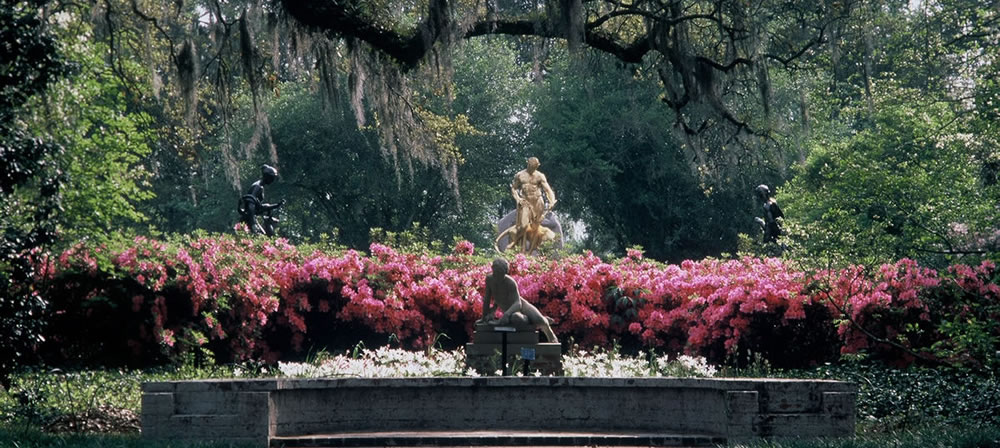
The Myrtle Beach Area
Hiking the Myrtle Beach area, Lowcountry Style
By Becky Billingsley
Hiking is one of the many things to do in the Myrtle Beach area and is so much more than putting one foot in front of the other and appreciating the natural surroundings.
For one thing, hiking isn’t quite the right term to use here: meandering or moseying might be more appropriate. We don’t get in too much of a hurry or act especially purpose-driven when it comes to traipsing through the woods or along a beach, unless there’s the promise of fishing or a barbecue grill at the end of the trail.
Despite our lack of urgency, a few dangers need consideration. Mosquitoes and ticks swarm in the woods and along our swamps, so don’t forget the bug spray. We still have a few bears roaming near the coast, and if you see a wide flat spot in the grass near fresh water you might want to keep a look-out for ‘gators. That flattened grass is likely a place alligators use to slide into the river or pond.
Snakes are also plentiful. In our corner of the state you might come across venomous snakes including Copperheads, Timber rattlers, Eastern Diamondback rattlers, Pigmy rattlers, Water Moccasins and Eastern Coral snakes. Flip-flops and sandals – even sports sandals – are not appropriate footwear in our forests. Sneakers and socks are better, and hiking boots are best.
As for the actual work involved in moseying our trails and beaches, it’s pretty easy. None of our formal marked trails are especially long or steep or rocky. While you probably will want to carry a bottle of water if you’re headed out in summer, you won’t need a compass or a map. You’d stumble across a condo long before you started to panic.
We have five main places great for becoming one with nature. Let’s start with the obvious.
The beach
Sit anywhere on the Grand Strand’s 60 miles of beaches and you see people walking up and down, to and fro, back and forth in front of the myriad Myrtle Beach hotels. Some are power-walking, others have their heads down looking for shark’s teeth and the young ones are hoping someone cute notices them.
Once in a while the power walkers wear headphones and are plugged into music, but usually beach walkers like to hear the waves rolling in. It’s soothing, and the sound washes away most any kind of aggravation.
The beaches go for miles and miles, so walk as far as you want before turning around. If you go too far one direction and need a lift back to your room, you can call a taxi.
Watch for pelicans, seagulls, sandpipers, sand crabs and sand fiddlers. You might see dolphins out in the water or – rarely – a shark’s fin. There are also cool little pastel baby lima bean-size shells that wash up in the waves and then squiggle down real quick into the wet sand.
Vereen Memorial Historical Gardens
Intersection of U.S. 17 and S.C. 179
Little River
Free
Chances are you haven’t heard of this one; even a lot of locals don’t know about this 120-acre pocket of natural beauty. The land was donated to the county by a member of the Vereen family about 20 years ago, and a dedicated Friends group has helped protect and improve the property.
You can park outside the entrance gate where you’ll see a community center. You can also drive through the gate, which is open during daylight, and travel a paved road. You’ll see trailheads on the left and right of the road. There isn’t anyplace to park while you walk these short mile-long trails, so it’s best if you leave your car in the parking lot and walk down the paved road to get to them.
Along the road there’s also a cemetery devoted to the Vereen and Horry families. They were Huguenots and their descendants who settled this area and fought for its freedom in the American Revolution. Some of the inscribed dates are for people born in the 17th century.
Go to the end of the paved road, which is about a mile long, and you’ll come to a small parking area where three trails lead to three boardwalks. Here live oaks reach from the forest canopy and stretch their limbs toward a lush and lovely salt marsh. The boardwalks go through this serene vista. One of them ends at the Intracoastal Waterway, and one crosses the marsh and ends on a tiny island.
A gazebo near the marsh is a great place to set up a cooker and fry fresh-caught fish (fishing is a popular pastime here), and there are a couple of small picnic pavilions and bench swings located where the view can be optimally admired.
Myrtle Beach State Park
U.S. 17, half a mile south of the southern end of Ocean Boulevard
Myrtle Beach
(843) 238-5325
www.southcarolinaparks.com
$3-$5
This park’s 312 acres has one of the few remaining maritime forests on the East Coast. After you pay admission and go through the gate, look for the ranger office on the right and park across the road. The head of the half-mile Sculptured Oak Nature Trail is near the ranger office.
The path is marked to point out some of the trees such as the wax myrtles that Myrtle Beach is named for, live oaks, hollies and magnolias. You’ll likely see lizards in warm weather and plenty of birds including the Red Cockaded Woodpecker.
Partway down the Sculptured Oak Trail there’s a fork and you can branch off on the Yaupon Trail. Both of them end at the beach, where you can continue your walk and, if it’s low tide, look for some of the many sharks’ teeth that wash ashore every day.
Huntington Beach State Park
16148 Ocean Highway (U.S. 17)
Murrells Inlet
(843) 237-4440
www.southcarolinaparks.com
$3-$5
If you like birding, this 2,500-acre beach and saltwater march ecosystem is a must-visit destination. As a much-used stop for migrating birds and a haven for resident birds, more than 300 species have been spotted here including Snow Geese, Tundra Swans and many different ducks, herons, woodpeckers, owls, loons, falcons, sandpipers, plovers, pelicans and eagles.
Huntington has two trails. The 0.3-mile Kerrigan Nature Trail ends on a boardwalk extending into the salt march. The Sandpiper Pond Nature Trail is two miles long and winds through maritime forest, pluff mud and sand. The saltwater Sandpiper Pond has observation towers around it for optimal bird viewing.
If you’re in the mood for a longer hike and would like to see more migratory birds, walk on the beach to the Murrells Inlet Jetty. That’s a round trip of six miles, but you’ll experience some of the most pristine beach in the area.
Brookgreen Gardens
1931 Brookgreen Drive and U.S. 17
Murrells Inlet
(843) 235-6000
www.brookgreen.org
$6-$12 (admission fee is good for seven consecutive days)
This former site of four rice plantations is 9,200 acres of natural and man-made wonders designed to blend in dazzling harmony. Parts of the grounds are tamed and groomed to thrill visitors with showy blooms, placid ponds and a collection of American sculpture that numbers more than 1,000. Others areas are just the way they’ve been for centuries, including rice fields and archaeological sites like an overseer’s house and kitchen and a slave’s cabin.
You could walk most of the day here and see something breathtaking at every turn. Don't forget the nature trail with native animals in natural habitats.


